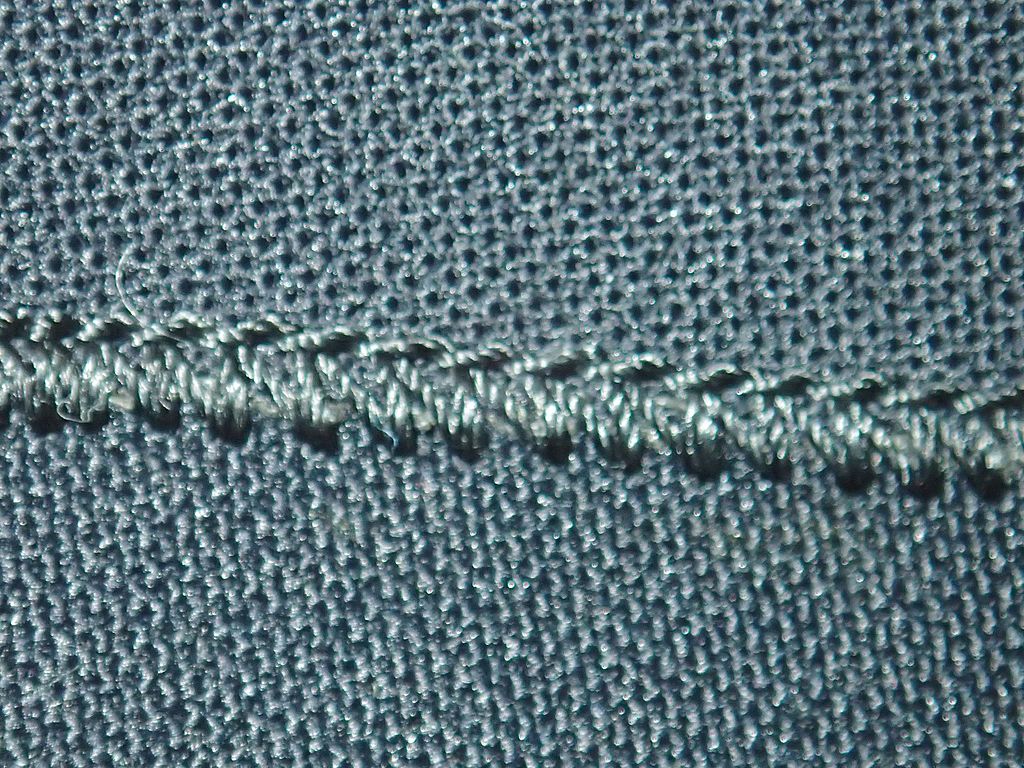
Silicone vs Neoprene
Choosing an elastomer for a new design or application can be overwhelming due to the wide range of materials available on the market today. We at Jehbco are often asked to help consult our customers on what elastomer is the right choice for their application. Are our 100% silicone products the right choice for you? Or would a different material be more appropriate?
In this article, we’ll explore the different properties of silicone and neoprene, and what applications each material would be best suited for. Silicone and neoprene are both commonly used materials for o-rings, gaskets, seals, tubing and membranes. While both elastomers may be used to create similar products, the specific application and environment will ultimately determine whether neoprene or silicone will be the better choice for you. The table below summarises some of the key differences between the two materials.
| Neoprene | Silicone |
| -40 °C to 110 °C | -50 °C to 230 °C |
| Good compression set | Excellent compression set |
| Great weather resistance | Excellent weather resistance |
| Approx. tensile strength 12 MPa | Approx. tensile strength 5 MPa |
| Excellent abrasion resistance | Poor abrasion resistance |
| Not compatible with: concentrated acids, hydrocarbon fuels, aromatic hydrocarbons, oxygenated solvents. | Not compatible with: hydrocarbon fuels, alkalis and acids, steam over 121 °C, trichloroethylene, aromatic hydrocarbons. |
| Compatible with: hot and cold water, alkalis, dilute acids, steam, refrigerants, some oils and greases | Compatible with: oils, brake fluids, hot and cold water, salt water, high molecular weight chlorinated hydrocarbons, fire resistant hydraulic fluid, ozone. |
Both neoprene and silicone can operate at extremely low temperatures, although silicone is the far better option in high temperature environments. Silicone can resist intermittent temperatures of up to 230°C, or up to 280°C if a heat stabiliser is added into the raw material.

Silicone vs Neoprene
Neoprene has high tensile strength and excellent abrasion resistance, whereas silicone has good tensile strength, but poor abrasion resistance. For dynamic applications with friction, neoprene would most likely be a better option. With this being said, silicone can be formulated to have improved tear strength, making it an ideal choice for applications such as vacuum sheeting and peristaltic pumps. Silicone also has the superior compression set, which makes it a better choice for applications requiring a long lasting, reusable seal, especially in high temperature environments.
While silicone has an excellent resistance to ozone and UV, neoprene can also resist ozone and UV to a degree, making both options viable for most outdoor applications. Neoprene is more suited for any applications that require contact with alkali compounds or dilute acids, while silicone is more suitable for applications that require contact with high temperature oils. Neither material is compatible with hydrocarbon fuel, but silicone is resistant to automotive brake fluids.
It is clear to see that there is merit in using either neoprene and silicone, depending on what physical properties you require and the operational environment. For help selecting a material for your application, consult our applications page and contact us with any questions.


